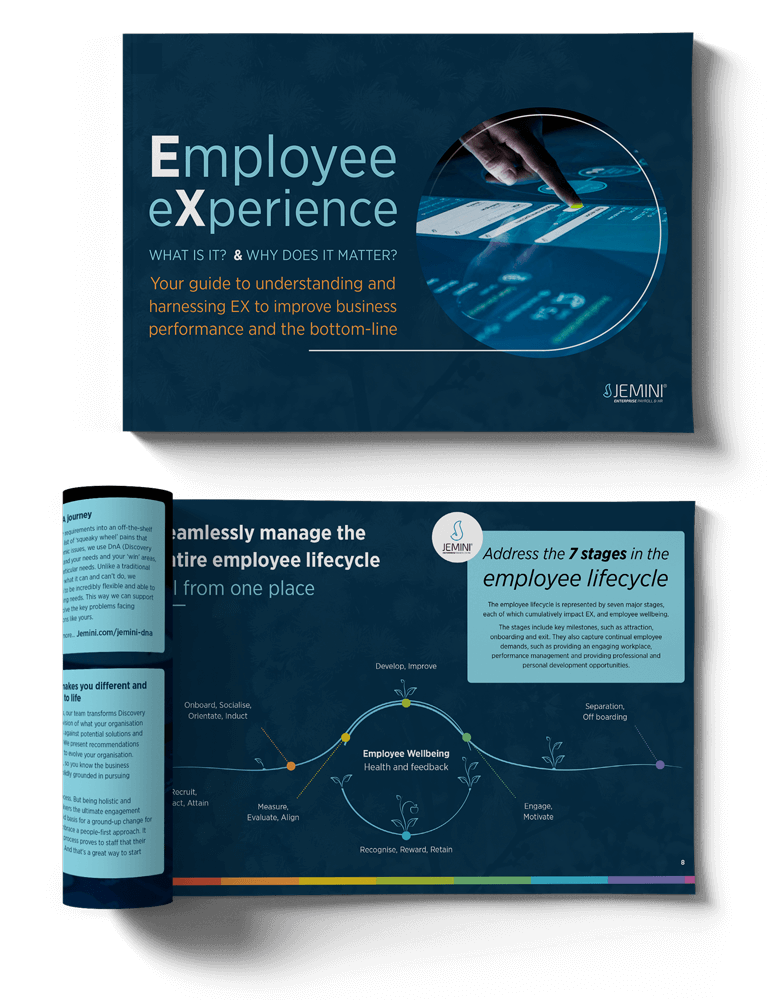So, you’ve chosen fantastic new software for your business and after successful pilots and user acceptance testing, you’re ready to roll it out to everyone. What could go wrong? Well first of all congratulations on finding something that is a perfect fit for your needs. Now all you need to do is train everyone to use it successfully. That’s no mean feat, no matter the size of your organisation. The training stage is often where the most beautiful software roll-out can fall down and therefore, we’ve put together some of the most common causes to be aware of and given tips on how to avoid them.

Change is challenging
Introducing anything new is never easy. Whether it's a new product, a new compensation plan, new targets or even a new coffee machine, there’s always going to be groups of people who either embrace the change, try and reject it and even sometimes actively try and sabotage or avoid the change entirely. Here are some of the reasons why a new software package or platform can represent change and perceived turmoil for your people:
-You’re asking people to change the way they work
-They need to learn something new, which can be unsettling or a little scary for some
-People are naturally resilient to change; they are comfortable with what they know and love
-Those with a long tenure in particular may cling on to legacy systems and processes as its all they have known for a very extended period of time
-Previous ‘failed’ attempts at change can make employees wary and cautious
-Some organisations don’t communicate change very well at all - e.g. the why?; the benefits and how and exactly when the change will be made
-Change ‘on the fly’ is difficult; there is pressure in organisations for changes to happen fast. Sometimes people are expected to adapt to new systems and processes without being given sufficient time away from their regular day to day activities
-Training is delivered as a one-off activity, leaving insufficient time for follow-up and knowledge leaves the business unit as people take on new roles or move to different companies
Set yourself up for success
The above may sound pretty obvious, but management’s enthusiasm to get rolling with a new system can mean some of the fundamentals are overlooked or rushed. However, by thinking ahead you can craft a training plan that not only communicates well ahead of time but gives your teams everything they need to become expert masters of your new software platform.
First of all, it’s worth remembering that training can seldom be a one-off event. In fact, for a number of years, psychologists have suggested that it can take up to 21 days for something new to become a regular habit. Therefore, if you can start exposing your teams to the right materials little and often in the built-up to roll-out, you’ll be onto a good thing.
Before your training programme commences, communicate your new software initiative well. Share information about what it is, why it’s being adopted along with the benefits for THEM and the organisation. Instead of just ‘dumping’ the news on your people by ‘email messaging pigeon’, organise in-person briefings (even do it remotely using Microsoft Teams if necessary). Make it live, human and REAL, answering any questions that pop-up along the way. Give people a realistic timeline and give them an accurate-as-possible timetable of when they will receive their training.
Choosing the right type of training for your workforce
There’s a host of different ways to deliver training successfully and a mixture of different approaches comes highly recommended. One of the most popular of these is the ‘train the trainer’ approach where the software vendor or company trains a few select people in your organisation to become super-users and fully accredited trainer/experts in their own right. They then cascade this information and deliver training to all the relevant individuals internally. It’s fantastic to develop these resources in-house. We certainly recommend developing multiple super-users and ‘gurus’ where possible. We certainly hope your main software trainer isn’t struck by lightning or eaten by a shark, but it pays to prepare for every possible eventuality. Also think about the natural ebb and flow of people in and out of your organisation - you want to ensure that ‘train the trainer’ type knowledge grows within the company, rather than being lost if somebody leaves.



